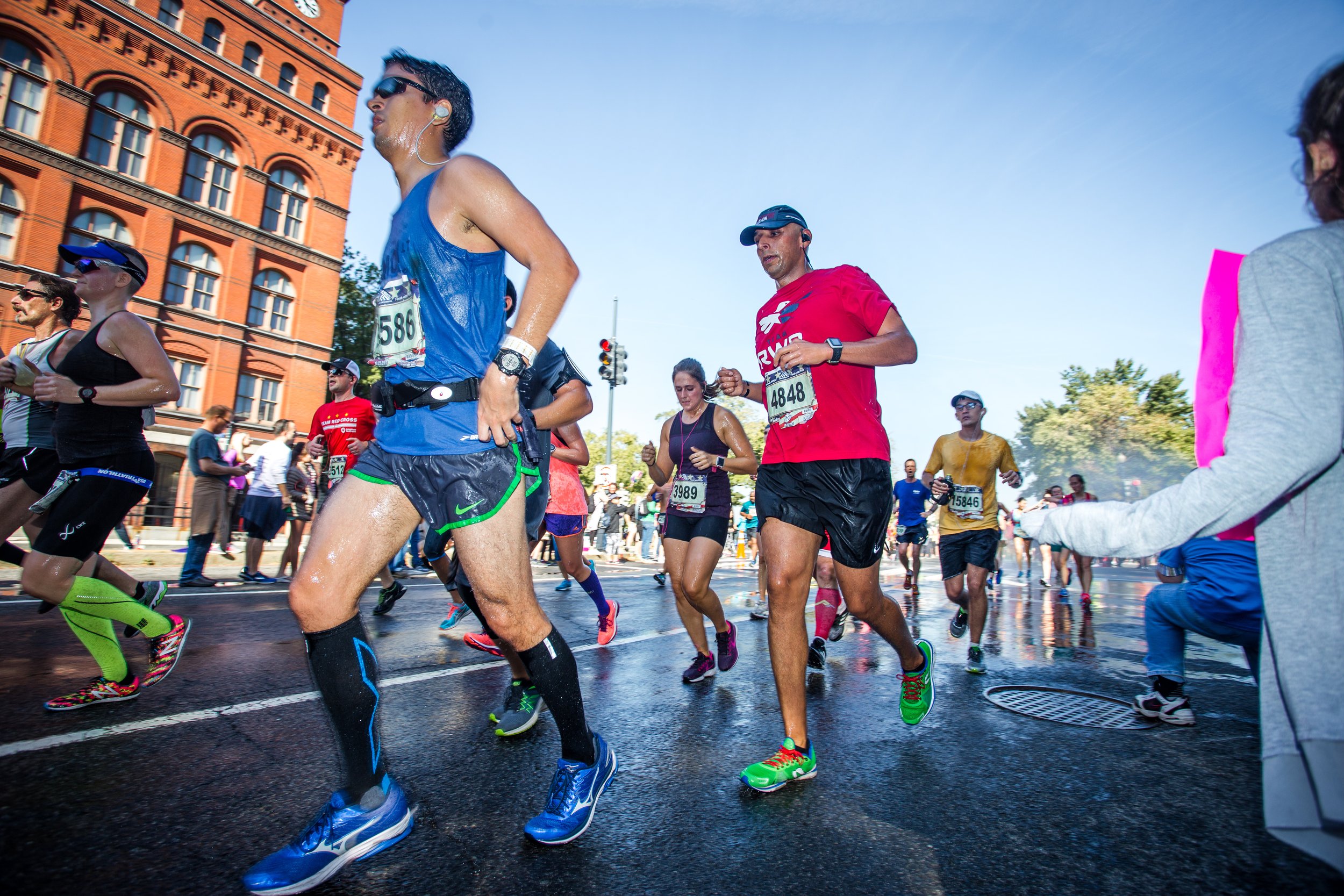Which Shoe is Best for Running
Shoes are probably the single most important piece of running gear. That’s why there’s a lot of articles out there about running shoes. Most of them are roundups of different brands of shoes the author likes. Unfortunately, those roundups aren’t really helpful or practical. The shoe that’s best for running is that fits your foot, needs, and goals.
3 Tips to Finding the Best Running Shoe
Shopping for running shoes can be really hard, but it’s essential to finding the best running shoe for you. Don’t be afraid to try shoes, run in them a few times and return them if you don't like them.
Here are three things to keep in mind when shopping for running shoes.
Know what kind of support you need.
Does your weight tend to be more on the inside (pronation), outside (supination), or right in the middle (neutral). This will help you determine if you need stability or neutral shoes.
Know what kind of cushioning you need.
Shoes come in max, mid, and light cushioning. It’s really up to you what you like. Some people love a super soft spongy feel while others want a firm, ground ride.
Size ½ size up from the length of your foot.
A little wiggle room is actually good in running shoes. You want about a thumb’s width space between the end of your longest toe and the end of the shoe.
Pro Tip: If you don’t know what support, cushion, or size running shoe you need, visit a running store. They’ll evaluate your foot, stride, and gait to arm you with the information you need to find the best running shoe for you.
With that said, let’s explore each element of running shoes in greater detail.
The Best Running Shoe Support
Every element of a running shoe has a specific purpose. Everything above the sole is part of the shoe’s “upper” and is designed to support your foot. The main parts of the upper are the ankle collar, heel counter, saddle, and toe box.
When evaluating a running shoe’s support, pay attention to how your foot feels in the shoe. The ankle collar should help stabilize your ankle without rubbing the bones or causing irritation. The heel counter provides stability and landing support. Make sure the shoe isn’t too tight or too loose around your heel. The saddle should provide the arch support your feet need. The toe box should be wide enough to allow you to wiggle and flex your foot without your toes rubbing along the inside of the shoe.
To sum it all up, the best running shoe should fit properly around your ankle, heel, and midfoot with wiggle room around the toes.
The Best Running Shoe Cushion
The midsole of a running shoe is the area between the shoe’s upper and sole. It’s made of material designed to help minimize the impact and shock of your foot hitting the ground while running. There are two parts to a shoe’s cushion -- heel and forefoot.
Heel cushion is specifically designed to minimize the impact of heel strikes. Forefoot cushion is designed to help minimize the impact of the foot during loading and push off.
The best running shoe cushion for you is the one that feels best.
The Best Running Shoe Size
It may be surprising, but the best running shoe size isn’t your actual shoe size. It’s a half a size larger. The reason? You want a little wiggle room for your toes. This serves two purposes. Number one, it helps reduce friction between your toes and shoe thus reducing the likelihood of blisters. Number two, it gives your feet a little room for when they start to swell.
Want more running tips and inspiration?
Download the Team RWB Member App and join our Running Activity Group. They share training tips and inspiration. Plus, they offer encouragement while you work towards your running goals.


